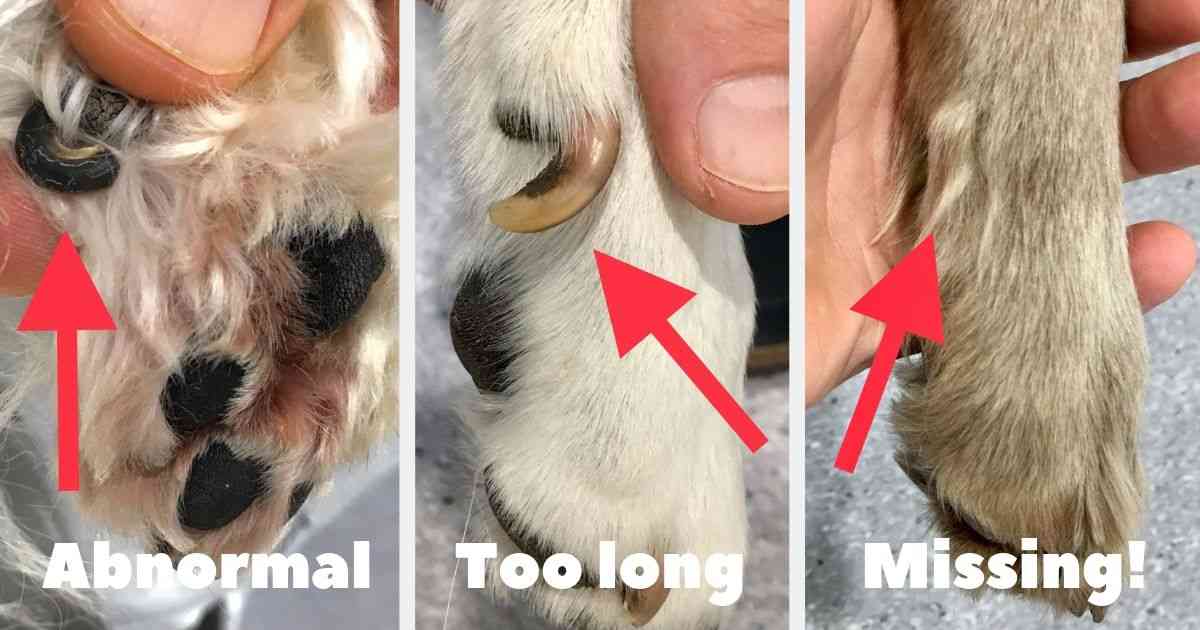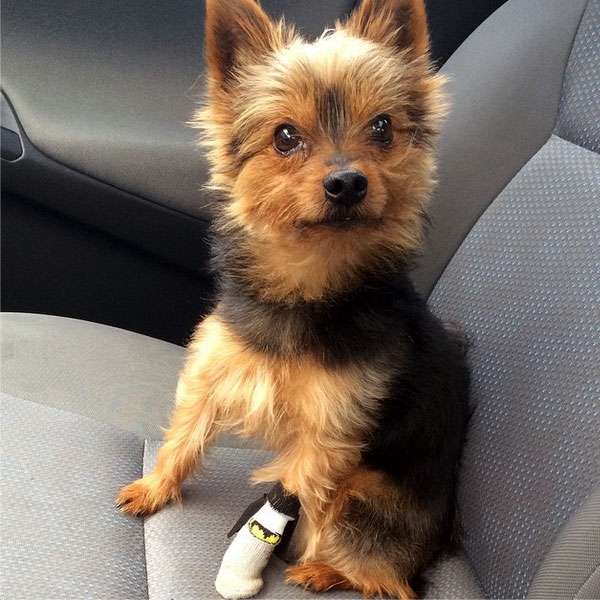

Most Jack Russell Terriers are relatively sedentary, so their dewclaws require trimming for their continued health and well-being. Dewclaws that have swelling or an odor may be infected and it is best to seek advice from your veterinarian. Look for a smooth and a relatively consistent color and be aware that discoloration like red or brown within the claw may indicate bleeding or another injury. Dewclaws can develop cracks, break, or tear, so checking them regularly is important to ensure they are healthy and not causing your terrier any pain. Maintaining your Jack Russell Terrier’s dewclawsĮxamine your Jack Russell Terrier’s dewclaws every week or so. In some cases, breeders remove dewclaws to improve a Jack Russell Terrier’s appearance in the show ring.

Their argument for removal is that dewclaws are a weak appendage, barely attached to the leg that can be partly rip off leading to pain and possible infection. But again, the incidence of injuries or problems to hind-dewclaws is still quite low, so the value of these surgeries would need to be in the terrier’s best interest to be considered.ĭespite there being little evidence to support the removal of a Jack Russell Terrier’s dewclaws, some owners and breeders still routinely engage in this practice. Dewclaw injuries are not common in pet dogs and mostly occur in working dogs who get their dewclaws caught while running through rough terrain.

It is more common for veterinarians to remove loosely attached rear dewclaws to prevent injury. But because these problems occur so infrequently removing healthy front dewclaws to prevent them is not done routinely and makes little sense. Removal of a Jack Russell Terrier’s front dewclaws would be warranted if they were to sustain a severe injury (partially torn-off dewclaw), or they develop a disease (e.g., a cancerous tumor). This increases stress on the other leg and spine joints to compensate for weakness in the carpus region thus increasing the terrier’s risk of laxity and arthritis.

As a Jack Russell Terrier ages there is a higher likelihood that the carpal (wrist) ligaments will stretch and tear when they don’t have a dewclaw to provide stability. Should your Jack Russell Terrier’s dewclaws be removed?ĭewclaws serve an important purpose and should only be removed if there is a very good reason to do so, like an injury or disease.
#Rear dew claw dog skin
The usefulness of dewclaws on the hindlegs that are only attached by skin is less clear. Jack Russell Terriers also use the dewclaws on their forelegs to hold objects like bones to better chew on them or climb out of the water if they’ve broken through ice. Furthermore, when running over uneven terrain, a terrier’s dewclaws may touch the ground and help them move more quickly. When travelling at high speeds a terrier’s front feet often bend at the point where their dewclaws meet the ground and these dewclaws provide extra traction, especially when turning or on slippery surfaces, to help stabilize the carpal (wrist) joint.


 0 kommentar(er)
0 kommentar(er)
